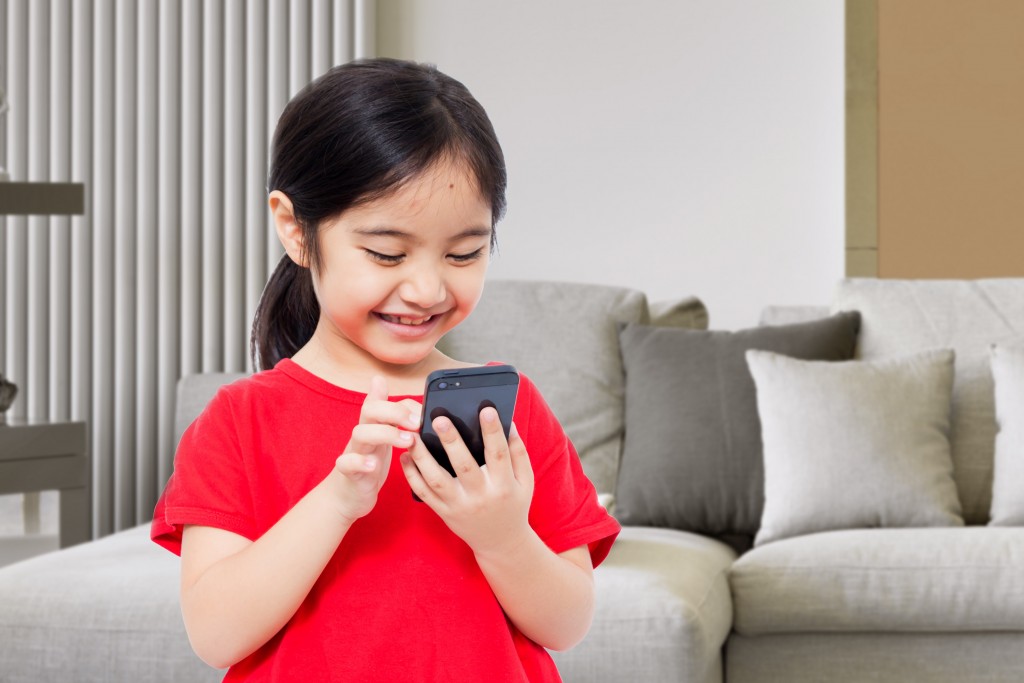
Children are spending more time with digital devices, and they’re starting earlier than before.
According to the American Academy of Pediatrics, up to 75 percent of young children have their own tablets, and infants are estimated to start handling mobile devices during the first year of life. The AAP and World Health Organization (WHO) have guidelines to limit screen time, but there are things families need to consider.
Before you ban screens, think about the quality of your kids’ content, how it fits into your family’s lifestyle and how your kids engage with it.
“Technology is very much integrated into our children’s lives,” said Dareen Khatib, who oversees Student Achievement and Wellness for the Orange County Department of Education. “It is a critical tool in their education, a vehicle for social connections and entertainment, and it can even be used to promote physical, mental and social emotional health.”
Common Sense Research studies identify four main categories of screen time:
- Passive: mindlessly watching videos or shows, scrolling, vegging out
- Interactive: playing games, problem-solving
- Communication: video-chatting, using social media
- Content creation: making digital art or music, coding
A report released in October 2019 by the CSR found that 8- to 12-year-olds in the United States now use screens for entertainment for an average of 4 hours, 44 minutes a day, and 13- to 18-year-olds are on screens for an average of 7 hours, 22 minutes each day. However, these numbers do not include the time children use screens for schoolwork or homework.
As kids get older, they can learn meaningful information from screens, but the accessibility of digital devices also means that children can easily spend far too much time being inactive. Nevertheless, preventing children from recreational screen time may backfire for older kids and teens.
These tips courtesy of Common Sense Research can help:
- Pay attention to how your kids act during and after watching TV, playing video games, or hanging out online. There’s no need to worry as long as:
- They’re using high-quality and age-appropriate content.
- Their behavior is positive.
- Screen time is balanced with other parts of life, like sleep, connecting with family and friends, and spending time outdoors.
- If you’re worried about too much time on devices, consider creating a schedule that works for your family.
- Include limits on how long kids can use devices, the kinds of devices they can use, and the types of activities or programs they can choose.
- Get kids’ input so the plan teaches critical thinking skills and self-regulation.
- Find out what they like to watch, introduce new shows and apps for them to try, or plan a family movie night.
While the AAP’s guidelines allow for some screen time for children younger than 2, parental involvement is essential for this age group. They recommend the following for parents and caregivers:
- Under 18 months: Avoid screen time other than video-chatting.
- Age 18–24 months: Find high-quality programming (if you choose to introduce screen time), and watch or play together.
- Age 2–5: Limit screen use to one hour per day of high-quality programs.
- Create a family media plan with consistent rules, and enforce them for older kids.
The reality is that most families will go through periods of heavy or light screen use, but with guidance, children and their families will find a balance.
“The key is finding a balance that includes all of the health benefits that can be experienced when we step away from screens,” Khatib said. “This includes building social connections, practicing communication skills that are critical to healthy relationships, enjoying family meals together, moving our bodies, engaging in mindful moments, and spending time outdoors, in nature.”
Families can create a custom Family Media Use Plan using a great tool from the American Academy of Pediatrics, which can be found at HealthyChildren.org/MediaUsePlan. This tool helps families set goals based on their personal values using a realistic approach to how much screen time a child gets based on their age.
